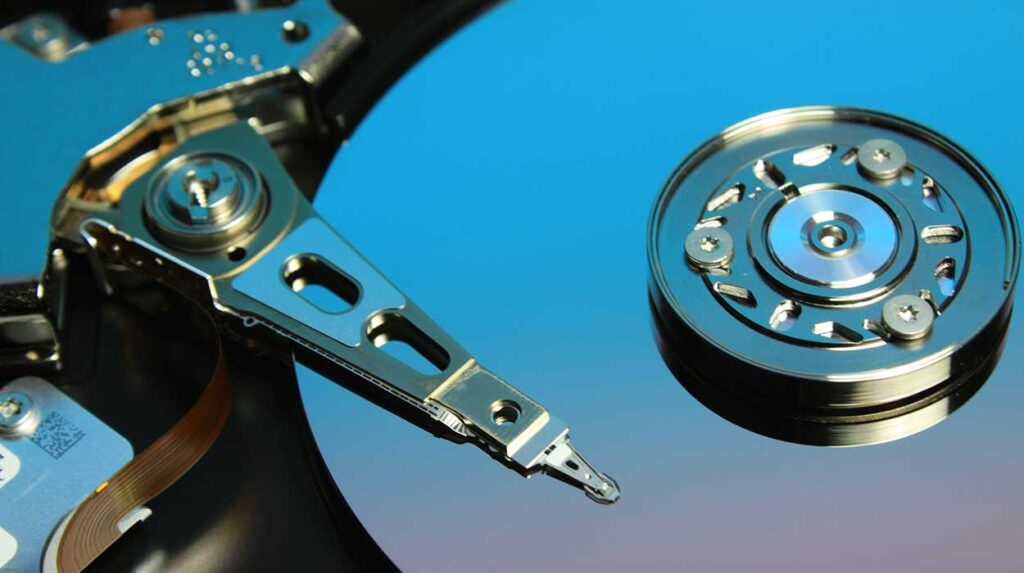You may have an old hard drive that contains important data or the operating system you want. However, you may also want to upgrade your motherboard with a new, faster, and more powerful model. Will you be able to use your old hard drive with your new motherboard? The answer is: that it depends.
There are several factors you need to consider before you attempt to connect your old hard drive with your new motherboard. Some of them are:

- Interface compatibility. Your old hard drive may use a different interface than your new motherboard. For example, your old hard drive might use IDE (Integrated Drive Electronics) or PATA (Parallel ATA), while your new motherboard might only support SATA (Serial ATA). Here, you need to use an adapter or converter to change the signal between different interfaces. You also need to check if your new motherboard has enough slots to accommodate your old hard drive.
- Size and shape. Your old hard drive may be a different size and shape than your new motherboard. For example, your old hard drive might be 3.5 inches, while your new motherboard might only have room for a 2.5-inch hard drive. Here, you will need to use brackets or mounting kits to match the size and shape of your old hard drive to your new motherboard. You also need to check if your computer case has enough space to accommodate your old hard drive.
- Operating system and drivers. Your old hard drive may have a different operating system and drivers than your new motherboard. For example, your old hard drive might use Windows 8 or Windows 7, while your new motherboard might only support Windows 11. Here, you need to update or reinstall the operating system and drivers that match your new motherboard. You also need to check if your old hard drive has a valid license for the operating system you are using.
Steps to Use an Old Hard Drive with a New Motherboard
If you have made sure that your old hard drive is compatible with your new motherboard, you can follow these steps to use it:
- Turn off your computer and unplug the power cord from the power source.
- Open your computer case and find your new motherboard. You may need to remove some screws or clips to open your computer case.
- Connect your old hard drive with your new motherboard using the data cable and power cable. You may need to use adapters, converters, brackets, or mounting kits if needed. Make sure you connect the cables correctly and tightly. You can also refer to your new motherboard’s manual for further instructions.
- Attach your old hard drive to your computer case securely. You may need to use screws or clips to attach your old hard drive to your computer case.
- Close your computer case and connect the power cord to a power source.
- Turn on your computer and enter BIOS (Basic Input Output System) by pressing the key when your computer starts up. The button you need to press may differ depending on the make and model of your motherboard. You can look at the screen or your motherboard manual to find out the right buttons.
- Set the boot order in BIOS so that your old hard drive takes priority. This means that your computer will try to boot from your old hard drive first before trying another source. You can use the arrow, enter, and escape keys to navigate and change settings in BIOS. You can also refer to your motherboard’s manual for further instructions.
- Save the BIOS settings and exit BIOS. Your computer will restart and try to boot from your old hard drive.
- Follow the instructions that appear on the screen to complete the boot process. You may need to update, reinstall, or activate the operating system and drivers that fit your new motherboard. You may also need to address some compatibility issues or conflicts that may occur between your old hard drive and your new motherboard.
